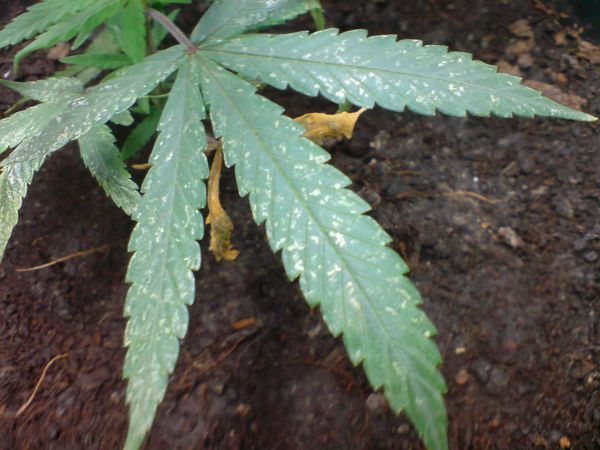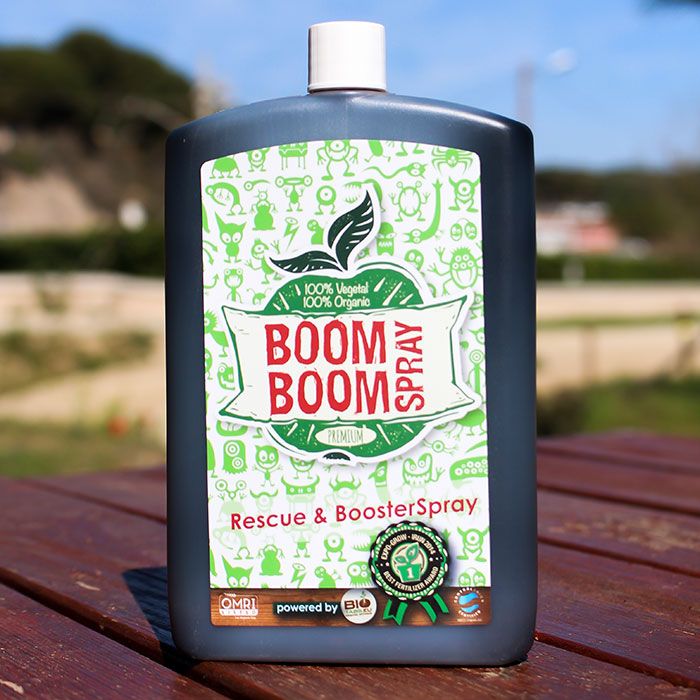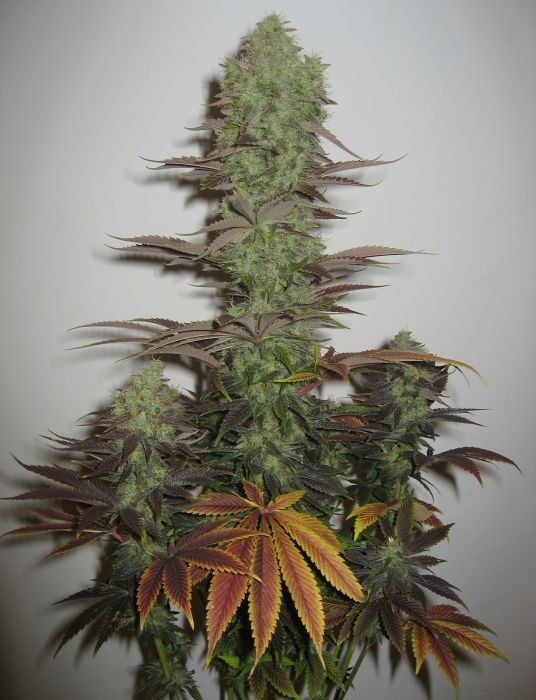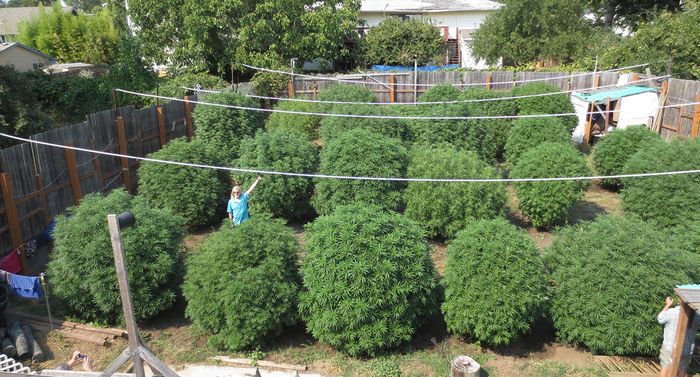- The attack of insects, mites, bacteria, fungi and even virus, is the norm in indoor, outdoor and greenhouse growing.
- Luckily, there are different ways to eradicate them, although the signs of the attack will not disappear completely.

How can pests damage your cannabis plants?
These are the main causes of the problem:
Insects and sucking mites such as thrips and red spider mites cause great damage to the leaves, leaving visible traces of their binge. Needless to say, the higher the damage, the poorer the quality of the photosynthesis, which is essential for the development of the plant.
- The carcasses and droppings of insects and mites remain on the plants even after treatment, where they decompose slowly encouraging the appearance of disease. This is why it is advisable to wash the plants with clean water – you can use a shower head – a few days after treatment.
- Miners are microscopic mites invisible to the naked eye that inject a powerful toxin into the plant as they feed, causing several deformities. Eliminating the toxin is quite a lengthy process, as the plant's metabolism is slowed down for some time. Therefore, it is usually preferable to remove it from the growing area.
- Insecticides, acaricides and fungicides can often be toxic to plants, which just adds to the problem instead of resolving it. Normally, this applies to chemical products, but some organic pesticides such as neem oil, which forms an oily layer over the leaves interfering with the gaseous exchange, can be harmful too. This is why plant protection products should be used with caution and always following the recommended dose, particularly with young plants with immature leaves.
- In any case, a pest attack will mean varying degrees of additional stress for the plants, which will slow down their development during the growing and flowering period. Accordingly, prompt and effective action is required to minimise exposure to stress.
How to restore your cannabis plants back to health
The best thing to do after a pest or a disease and once you have applied the suitable treatment is cutting out the worst affected areas of the plants, even whole leaves and branches. This way the healthy parts will resume growth more easily and you will limit the risk of a resurgence.
A good idea to reduce stress and accelerate the metabolism of your plants is using a root booster. Most of them contain vitamin B and other effective compounds and are most effective if applied as a foliar spray during the growing period.A good example is Boom Boom Spray by Bio Tabs. This organic booster is applied as a foliar spray and contains a number of minerals, amino acids and other peptides that effectively fight stress and boost metabolism, a must have product for every cannabis grower. Kelp and other seaweed extracts such as Alg-a-Mic by BioBizz work very well too.

Another useful trick is slightly increasing the distance between the lights and the plants for some time, as this will reduce the light output and have a positive impact on plant recovery.
Another thing you can try is transferring your plants to a larger pot, particularly if you haven't done so for several weeks. Of course, you should respect the cannabis plant life cycle: it is preferable to proceed during the growing and stretch period rather than during flowering, when things like applying products to the flowers that you will then use are to be avoided.
If the plants are at the first stage of growth and are struggling to recover from the attack, you might prefer starting from scratch with new cannabis seeds to get it right from the beginning and avoid such an unpromising start. In cases where growth is more developed, you can consider taking a cutting from a healthy part and growing it in more favourable conditions.
How to prevent pest resurgence
Following a pest or a disease, your cannabis plants will be weaker and chances are that the problem re-emerges at some point. This is why you should try to avoid reproducing the conditions that led to the attack in the first place.

If the plants were affected by red spider mites, which spread in warm, dry conditions, you should try to keep the atmosphere relatively cool and humid in order to reduce the risk of resurgence. Instead, if the problem was due to powdery mildew or botrytis, two fungi that enjoy humidity, you should be looking for a dry atmosphere, for which you can use a dehumidifier.
The environmental conditions need to be stable, with temperatures ranging from 20 and 27 ºC. This will save you a lot of trouble in the long run.
Another key part of disease control is good hygiene, so thoroughly clean the growing area, the pots and any gardening tool you might have used after an attack. A dilute bleach solution should be enough to effectively remove any traces of larvae, eggs, bacteria and mould spores, which could be a source of re-infestation under more favourable conditions.
Another way of avoiding a resurgence is using preventive products such as garlic extracts, pyrethrum and propolis, which can be applied up to the stretch period at the beginning of flowering.

And remember that the best form of prevention is observation, so be watchful and keep a close eye on your cannabis plants at all times. Ideally, you should take them out of the growing area, as this will allow you to inspect them from all angles. Pay particular attention to the lower leaves, as most pests attack the base of the plant first. Insect traps are a great way of detecting them: use blue traps for crawlers and yellow traps for flyers.
Now that your cannabis plants have recovered their vigour, we wish you a good growing experience and a delicious, heavy crop.



Comments from our readers
Read comments in other languages:
Did you like this post?
Your opinion about our seeds is very important to us and can help other users a lot (your email address won't be made public).